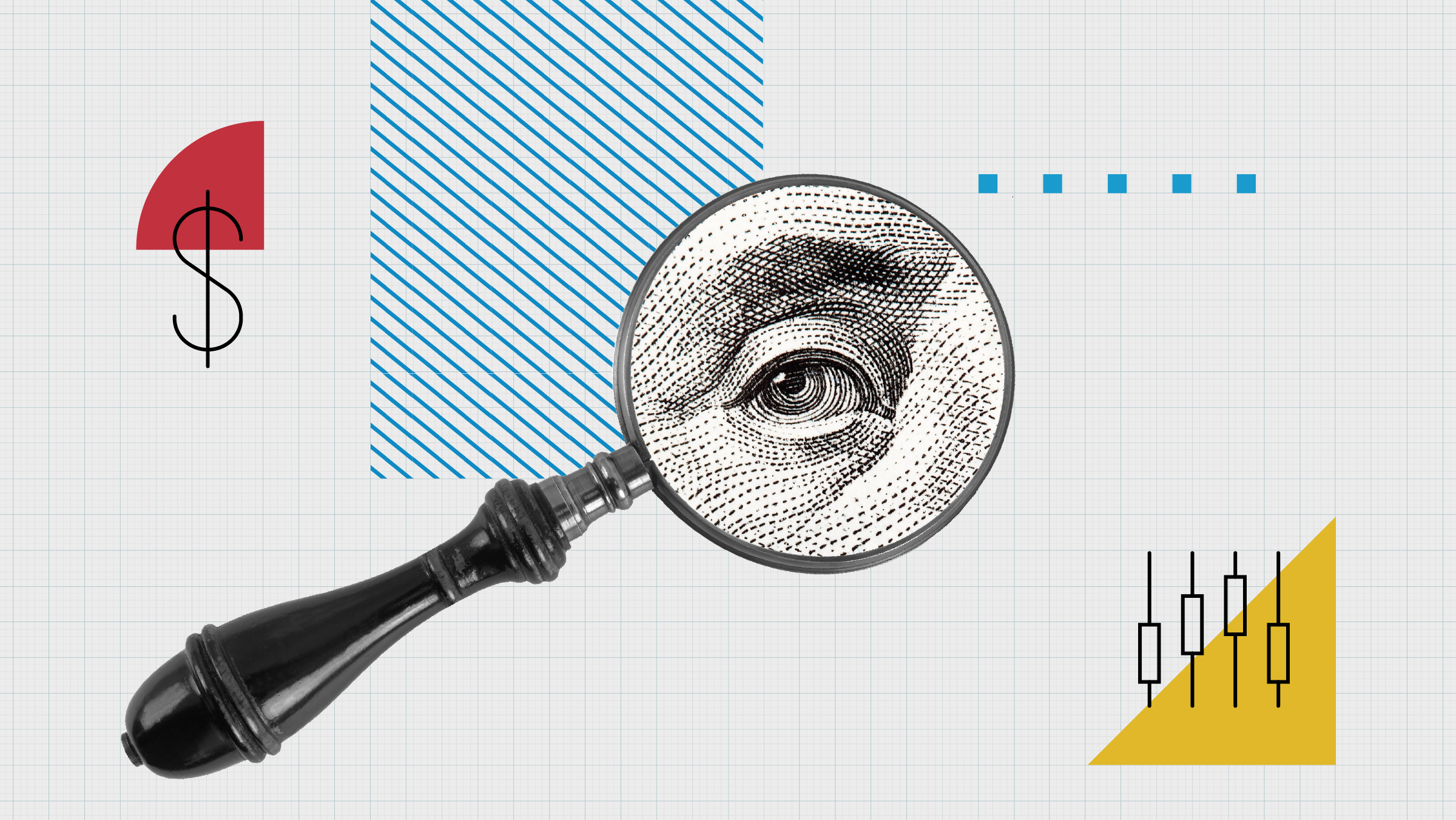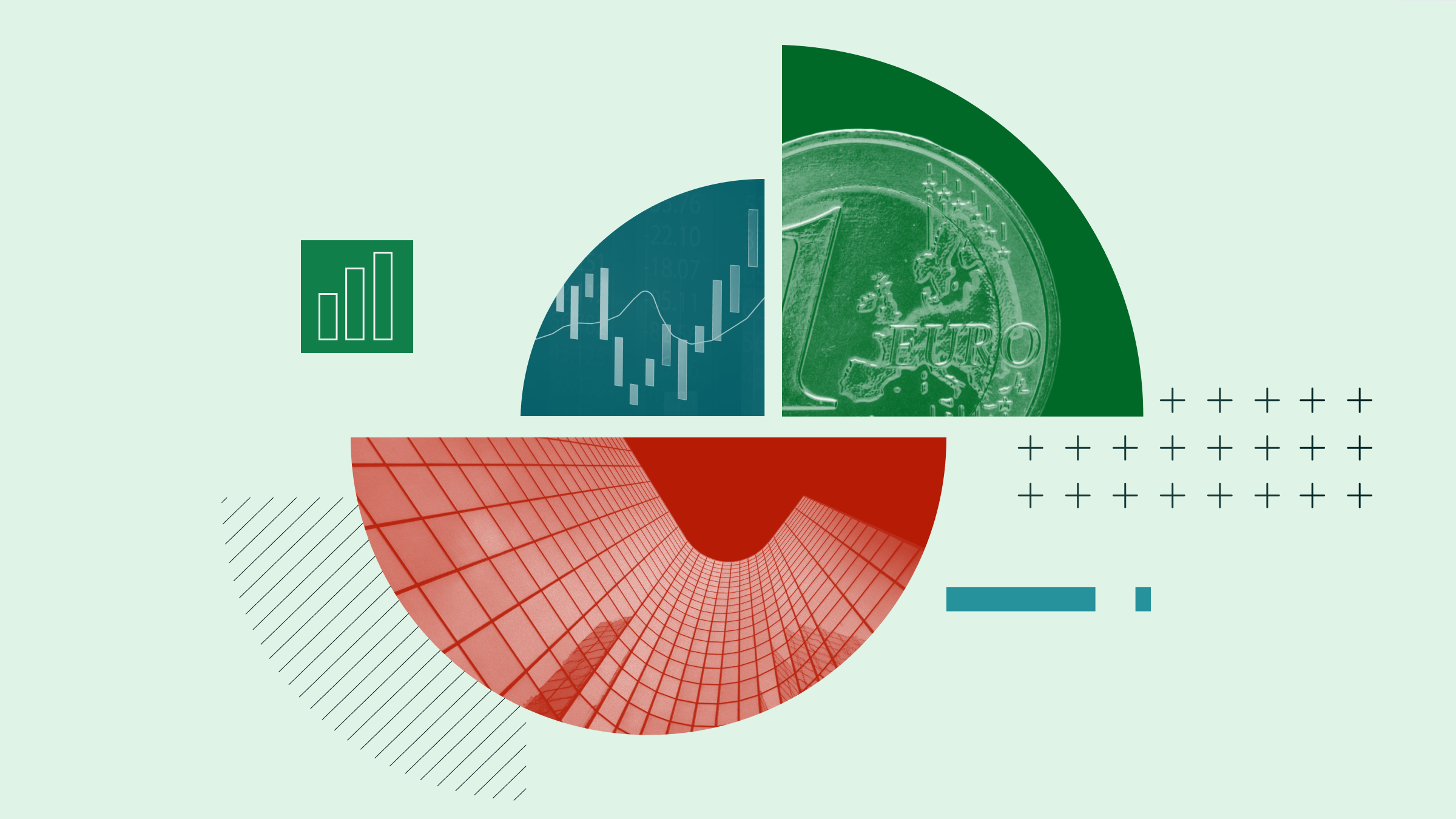Jason Stipp: I'm Jason Stipp for Morningstar. The markets have been volatile recently with uneven economic news and geopolitical tensions buffeting stocks. But despite this, stocks and bonds have still had quite the run. Stocks are up 18% annualized over the past five years; bonds are up 5% over that same period. It may be counterintuitive, but such strong markets like this can actually be a breeding ground for common investor mistakes. Here to discuss some common pitfalls that retirees might be facing is Christine Benz, our director of personal finance. Christine, thanks for being here.
Christine Benz: Jason, it's great to be here.
Stipp: We've had some volatility recently, but it's hard to complain about market performance when you look over a longer time period. But you say there are some risks out there in this kind of market, and the first big one that should be on your radar is complacency.
Benz: Complacency about equity risk in particular. I often speak to groups of retirees. And I've heard from people who say, "I'm worried about bonds, so I'm comfortable having 100% of my portfolio in stocks. I'm able to get the income I need from my dividends, and so I'm just going to hang with that aggressive portfolio allocation."
The thing that I worry about is that in some sort of equity market shock that they may not be so comfy with that asset allocation after all. So, if they see that $1 million portfolio drop down to a $700,000 value, they may be inclined to make some changes at what might be a poor time. So, I think it is a good time to get in there and take a look at your asset allocation relative to your targets as a starting point.
Stipp: And one way that investors can get a gut-check on the risks that they might be taking in a portfolio that's overallocated to equities is to look at standard deviations.
Benz: That's right. You don't need to know how to calculate standard deviation, but you do need to know that it's a good measure of volatility and that can be predictive of future downside volatility. The reason I point people to standard deviation is that you can do those apples-to-apples comparisons.
So, you can look at the standard deviation of your equity holdings and compare it to your fixed-income holdings or prospective fixed-income holdings. If you have some sort of a total stock market index, right now it has a 10-year standard deviation of about 15. A total bond market index, by contrast, has a standard deviation over the past 10 years of three. So, that's a huge discrepancy in terms of volatility.
I think that relationship will hold going forward as well. Even though bond yields certainly are pretty uninspiring right now, I think they will hold their ground certainly better than equities in some sort of shock to the market. So, I think that investors should do that little bit of checkup on their holdings.
Stipp: So, gut-check by looking at standard deviations--if it looks like something you are not comfortable with, make sure that you have an asset-allocation plan. Rebalance back to that plan. Even though it might be a little bit painful right now, it's very important.
The second pitfall, you say, is an underappreciation for defensive holdings. You haven't needed them necessarily recently, so maybe they've fallen off the radar for a lot of investors.
Benz: Exactly. Or maybe people are looking and saying, "Well, this holding really hasn't done much for me over the past few years, while I've got this other stuff in my portfolio that's performed really well."
I think the risk is that investors might be jettisoning some of those defensive holdings at an inopportune time. A lot of the features of defensive holdings really haven't been rewarded recently. Instead, we've had people in risk-on mode where we've seen small-company stocks go up, highly leveraged companies' stocks go up, and high-yield bonds have performed very, very well. Meanwhile, you've got some funds, in particular, or even equities with defensive properties that just haven't done as well. There might be that temptation to throw them overboard.
Stipp: The third pitfall that investors should be aware of is overstretching for yield, and the temptation to do that has really been there given the yield environment recently.
Benz: And reaching for yield has been rewarded. We should say that people who have ventured into some higher-yielding securities, both stocks and bonds, have gotten a pretty good return from their invested dollars. I think the risk, though, is that you do have an inverse relationship between prices and yields. So, as prices on some of those securities have gone up, their yields have gone down. So, they just don't have that cushion in terms of a higher yield that they might have had in the past.
When I look at high-yield bonds, for example, right now you've got the spread between high-yield and Treasuries ranging in the neighborhood of 3.7%. That's very low relative to historic norms. I'm concerned about some of the flows that we've been seeing into high-yield bonds. Investors may be using them as kind of a kicker for their fixed-income portfolios, but my concern is that maybe they are using them to supplant some of their higher-quality fixed-income exposure.
On the equity side, I think we also see that valuations in some of the higher-yielding sectors could be looking a little bit lofty too. So, the typical stock in our coverage universe has a price/fair value of a little over one currently, but some of the higher-yielding sectors--utilities, real estate, health care--have even higher price/fair values right now. So, that's a risk.
Stipp: If you are saying that I should be cautious about reaching or overreaching for yield, and that I maybe should be in more core-type fixed-income investments, how should I think about the value of those investments, because they're not paying me a lot of yield right now? What's the role of them?
Benz: We've had this great discussion on the site with some of our users, and we also published a great roundtable where we tapped some of our outside experts to discuss the topic. I think people should be thinking about their core fixed-income holdings as ballast.
Yes, yields are a bit depressed right now, but you want to think of them as the part of your portfolio that will hold its ground rather than dropping when the equity markets drop. I think that's the risk certainly for investors who are supplanting high-quality bonds with lower-quality bonds right now. They may be building fixed-income portfolios that behave a lot like their equity portfolios. You absolutely need that diversification even though the yield case doesn't appear to be there right now.
Stipp: Christine, the bull market has done a lot for all of our portfolios, but it's good to keep some of these potential pitfalls in mind. Thanks for joining me today.
Benz: Thank you, Jason.
Stipp: For Morningstar, I'm Jason Stipp. Thanks for watching.

















